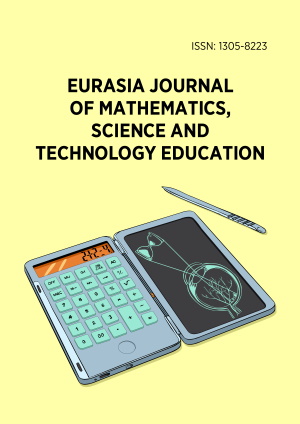Abstract
This study aims to understand how the practice of planning and leading whole-class discussions in mathematics may develop in lesson study (LS). To achieve it, we looked at teachers’ final reflections searching for productive networks that illustrate that relationship. This study is qualitative and interpretative. We analyze groups of middle school teachers (grade 5 and grade 6) by using discourse analysis. Data was collected between 2022 and 2023 and excerpts were selected focused on planning, leading and reflecting on whole-class discussions. We identified that teachers’ discourse is linked to three discursive marks: students’ mathematical activity, lesson structure and interventions and LS catalysts. The results show that the first two marks are associated with seven productive networks: sharing challenges, facing challenges, sharing knowledge, accessing students’ mathematical activity, actively listening, working with tasks and, finally, planning the lesson. The third mark is associated with facilitator attitude, group collaboration and the observation/reflection of the research lesson.
License
This is an open access article distributed under the Creative Commons Attribution License which permits unrestricted use, distribution, and reproduction in any medium, provided the original work is properly cited.
Article Type: Research Article
EURASIA J Math Sci Tech Ed, Volume 21, Issue 11, November 2025, Article No: em2734
https://doi.org/10.29333/ejmste/17347
Publication date: 01 Nov 2025
Online publication date: 28 Oct 2025
Article Views: 659
Article Downloads: 330
Open Access References How to cite this article
 Full Text (PDF)
Full Text (PDF)